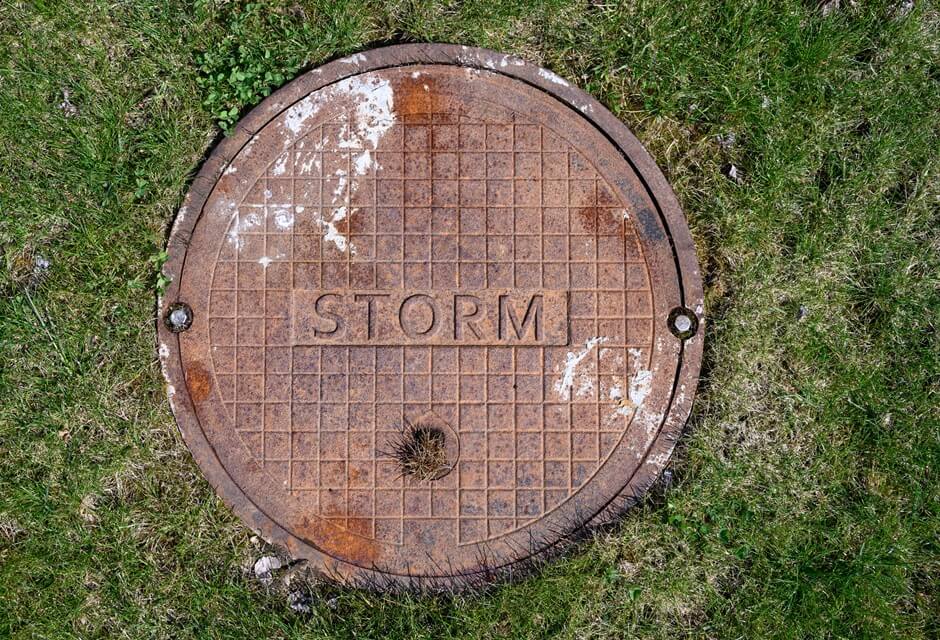
Tree removal costs depend on several factors, but the general average is around $800, or $300 for small trees and up to $2,000 for big trees. If you need to remove a tree stump, it will probably cost an additional $150 to $400. Regardless of the price, hiring a professional to do it is better.
Knowing the cost of removing a tree is essential for homeowners who want to make informed decisions about their garden maintenance. Read this complete guide and you will learn more than just the cost, but also the factors that influence it and the right timing. Start scrolling!
Factors Influencing Tree Removal Costs
Tree removal service costs are more complex than a straightforward answer. There are significant factors that influence the price, and you need to know them before estimating the money you might spend on your tree removal. Take a look at the most important factors below.
-
Tree Size: Of course, smaller trees (up to 30 feet) will cost less than large trees (60 to 80 feet).
-
Tree Condition: Diseased, dead, or fallen trees can be more complicated to remove.
-
Proximity To Structures: Trees close to buildings, power lines, or other structures require more careful removal.
-
Stump And Debris Removal: These are often additional costs, typically elevating the tree removal cost.
When considering hiring a tree removal service, consider these circumstances. The following section provides a better understanding of the typical tree removal cost.
How Much Does It Cost To Remove A Tree?
The average cost of tree removal is around $800, ranging from $300 to $2,000, depending on size, condition, location, and additional services. For example, the cost of tree stump removal is usually between $150 and $400. Remember that trying to remove a tree on your own is never a good idea.
When Should A Tree Be Removed?
The ideal time to remove a tree is during its dormant season, typically in late fall through early spring. The same goes for cutting lower branches off trees. During this time, the tree is not actively growing, and there is less sap flow, making it easier and cleaner to cut and remove.
However, some conditions might lead homeowners to hire tree removal services regardless of the season, such as dead or dying trees, diseased trees, storm damage, root damage, leaning or unstable trees, and danger to structures. Check them out below.
-
If a tree is dead or in the process of dying, it can become a safety hazard as it may fall unexpectedly.
-
Trees suffering from severe diseases that cannot be treated may need to be removed to prevent the spread of disease to other nearby trees.
-
Trees that have sustained significant damage from storms or high winds may be structurally unsound and prone to falling.
-
Removal might be necessary if the tree's roots are damaging nearby structures, sidewalks, or underground utilities.
-
Trees that have started to lean significantly or have become unstable due to soil erosion or other factors.
-
Trees that are too close to buildings, power lines, or other structures can pose a risk, especially if they are large or have invasive root systems.
We strongly recommend not removing trees for purely aesthetic reasons. Trees are essential for your garden's ecosystem and a source of well-being for those who live close to them.
Regardless of your reasons for doing it, if you need to hire a professional to give you tree removal cost estimates, contact Wisercosts' tree service contractors, and they will solve your problems
 Let a tree service contractor give you an estimate on your project
Let a tree service contractor give you an estimate on your project





 Member of the
Member of the